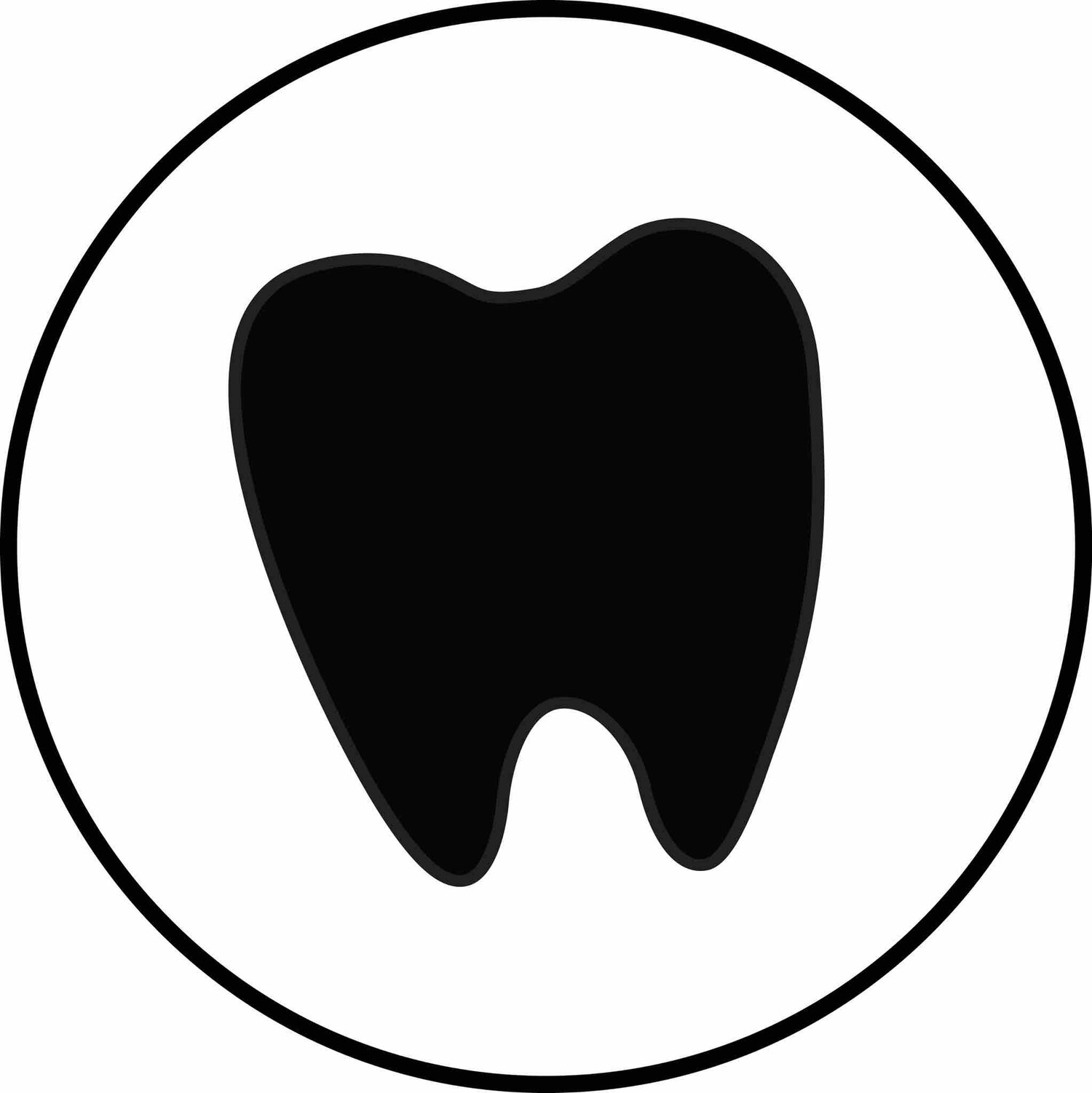PART 1-How To Increase Production-With Radiographs
I often get asked the question, “How can I increase the hygiene departments production?” There are two main reasons why this being asked. The first being that the hygienist is being told that they don’t produce enough. Second, because you work on commission and you would like to earn what you are worth. In both of these scenarios you HAVE to find a balance between sales and improving oral health to keep yourself happy and motivated.
I daily ask myself the question while reviewing my charts, “How can I help my patients today?” If you can provide high quality care, the finances will come. What do I mean by “high quality?” I mean the basic, evidence based, standard of care services. That's what increases production.
I will start part one of this series discussing radiograph production. Each morning, I would recommend looking through your charts with the dentist and getting a “prescription” for each patient if they need radiographs or not based on need.
BWX- According to the ADA’s Dental Radiograph Exam document, patients who are at high caries and periodontitis risk may need radiographs every 6 months vs 1 year. Some offices just give a generalized 1 time per year exposure but some patients need them earlier to catch problems while small. Even if BWX's are not covered by insurance, the patient must be informed they are at increased risk for these concerns and that we can catch things when small, which saves finances and precious tooth structure. This is giving your patient proper care and increases production.
NOTE: If your patient doesn’t have coverage for BWX, but based on their risk assessment, they need them, you need to word your recommendation in a certain way to get them to accept the necessary and needed treatment. For example:
Correct way- “Dr. Jo has reviewed your chart and is concerned that you are at a high risk for cavities. He would like to me to take 4 x-rays of your teeth today to check for cavities and it will also evaluate the health of your bone. This can help us to prevent future concerns. The cost will be $52. Can I go ahead and take those for the Dr.?
Wrong way- You need 4 bitewings, it will be an extra $52. Do you want them?
PANO- I am always amazed at how many offices I have worked in that don’t update the FMX or Pano every 3-5 years, especially since insurance usually covers it within that time frame at 100%. Whether the patient has insurance or not, the standard of care is that patients need one FMX or Pano every 3-5 years to catch things we would not see in the BWX. I understand that time is sometimes scarce, but plan ahead and schedule an extra 10 minutes at the next maintenance care appointment if needed. If one has NEVER been taken, you could be held liable. When you do this, you are helping your patient prevent potential issues and increasing production.
Have you noticed that I keep saying the phrase “this will help your patient, and increase production.” I have to remind myself of that daily as I recommend necessary treatment. Therefore, I am going to keep reminding you as well.
PERIAPICAL RADIOGRAPHS: At the beginning of the appointment, be sure to determine the patient's chief concerns. If they mention that they are in pain, snap a PA for evaluation of the root for the dentist. Also, we check the posterior teeth with BWX, but how often are you checking the anterior teeth? I have found that many offices perform a risk assessment and determine, based on patient needs, that 2-6 anterior PA’s are indicated (number varies per dentist's prescription.) Consider as well that often times an evaluation of teeth with root canals or implants are necessary before another FMX/Pano is indicated and the dentist may prescribe a PA evaluation of the area. Another indicator for a PA is if a crown is ever diagnosed, a PA of the area must be taken for insurance coverage. To increase production, I will take one after a crown is diagnosed. All of these needed scenarios help the patient and increases production.
If you want more information on how to determine if a patient needs radiographs visit the ADA’s report called DENTAL RADIOGRAPHIC EXAMINATIONS: RECOMMENDATIONS FOR PATIENT SELECTION AND LIMITING RADIATION EXPOSURE.

